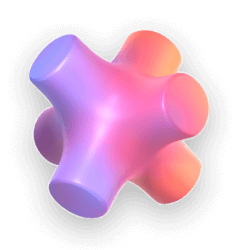Optimizing Website Content for Higher Conversion Rates

IntroductionOptimizing Website Content for Higher Conversion Rates
In the digital marketplace, optimizing website content for higher conversion rates is essential for businesses aiming to convert visitors into customers efficiently. This comprehensive guide focuses on strategic content optimization techniques, incorporating insights from Google Analytics 4 (GA4) to improve engagement and conversion rates. Whether you're managing an auto dealership or any ecommerce platform, understanding how to create content that resonates with your audience and prompts action is crucial.

Understanding the Basics of Conversion Optimization

Strategic Content Creation for Higher Conversions
1. Creating Engaging Content
Value Proposition: Clearly articulate the value of your offerings. Ensure that the benefits of your products or services are immediately obvious to visitors.
Use of Multimedia: Incorporate videos, infographics, and images to make complex information easier to digest and more engaging.
2. Optimizing for User Intent
Keyword Research: Understand the keywords that bring users to your site and use this information to optimize content that matches user intent.
Content Tailoring: Customize content to address the specific needs and questions of your audience, increasing the likelihood of conversion






